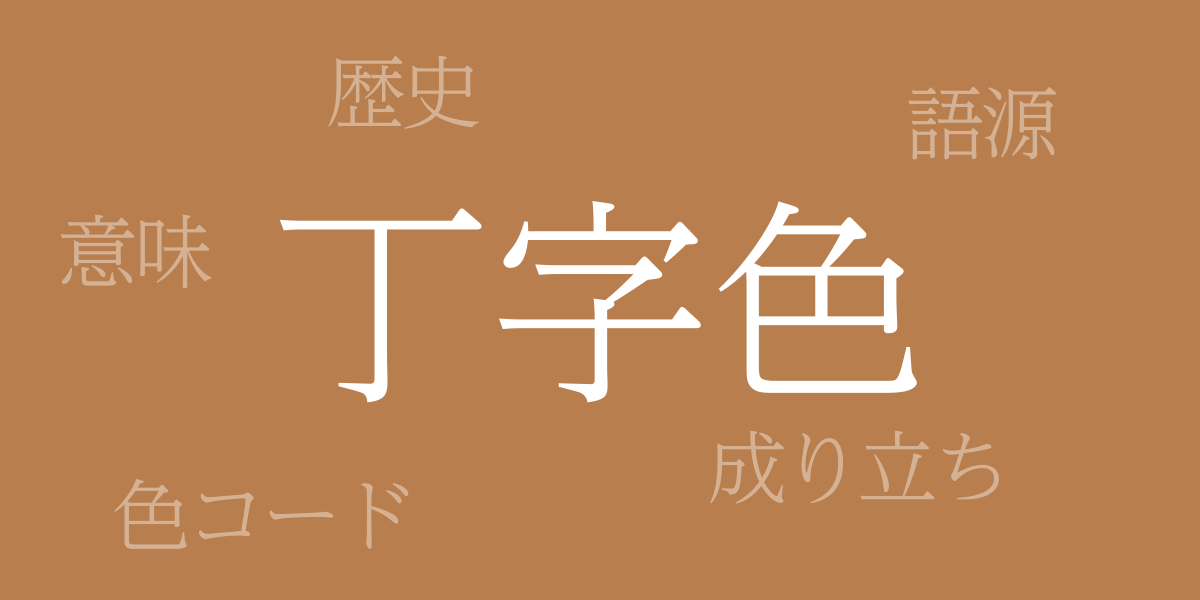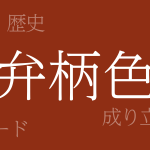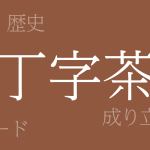Japanese traditional colors, with their rich palette and deep cultural roots, have enchanted people around the world. Among these, “Choji-iro (丁字色 – ちょうじいろ)” is especially cherished as a traditional hue that colors the Japanese seasons. This article delves into the allure of this beautiful color, exploring the history of Choji-iro, its color codes, and its Western names.
About Choji-iro (丁字色 – ちょうじいろ)
Choji-iro (丁字色 – ちょうじいろ), a reddish-brown hue, is known for its calm and warm appearance. Frequently used in traditional arts such as kimono fabrics and Japanese paintings, it symbolizes Japan’s nature and heritage. The name derives from the color of cloves (クローブ), a spice deeply embedded in Japanese life.
The History of Choji-iro
While there are no precise records of when Choji-iro was first used, references in Heian period literature suggest it has been part of Japanese color culture for over a thousand years. Over the centuries, Choji-iro has been embraced in various contexts, including the attire of samurai and court nobles, as well as in ukiyo-e prints and traditional Japanese architecture.
Color Code of Choji-iro
For those looking to use Choji-iro in digital design or web production, the following color codes provide accurate replication:
- HEX: #B97E4D
- RGB: R:185 G:126 B:77
- CMYK: C:0.0 M:31.9 Y:58.4 K:27.5
Western Names for Choji-iro
In the West, Choji-iro is comparable to “Clove Dyed” or “Cinnamon Brown”. These names evoke the spicy and warm tones of the color, reflecting its unique appeal in Western art and design circles.
Conclusion on Choji-iro
Choji-iro is a traditional Japanese color that vividly reflects the nation’s history and culture. Its rich depth continues to be cherished in fashion and design, playing a vital role in conveying Japan’s unique aesthetic to the world. Through this article, we hope you gain a deeper understanding of Choji-iro’s charm and historical significance, enriching your creative endeavors.

























